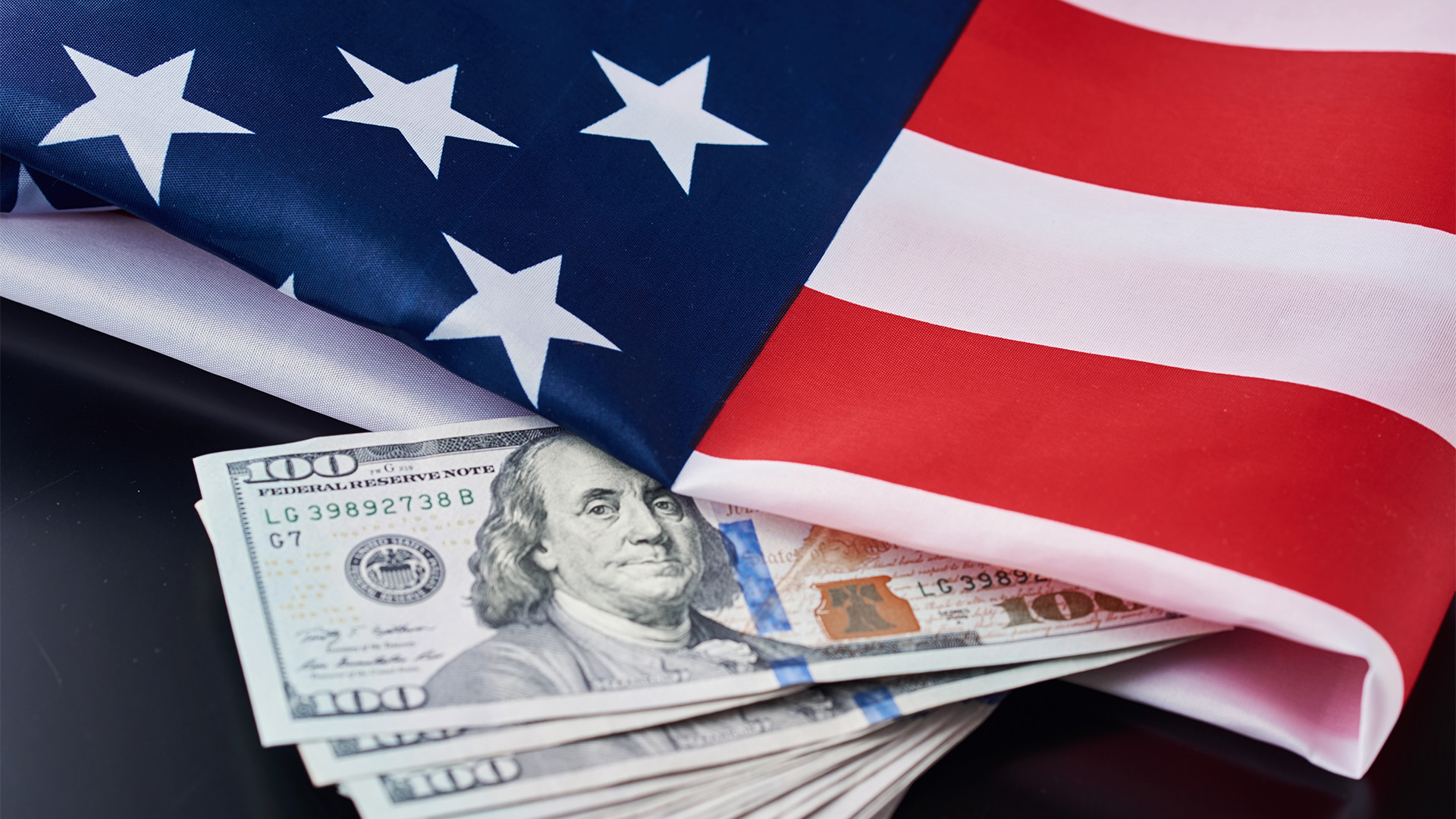The recent surge in profits for some of the largest banks in the US may have temporarily overshadowed the banking crisis earlier this year.
However, as regional banks prepare to report their earnings this week, reminders of the challenging landscape are emerging and could steal the spotlight.
On Friday, JPMorgan Chase and Wells Fargo announced year-over-year net income growth of 67% and 57%, respectively.
These figures are undoubtedly impressive. However, despite the positive news, the KBW Nasdaq Bank Index dropped over 2% on the same day, and shares of trust bank State Street tumbled by 12% after its report.
What captured investors' attention? It was likely the deposit numbers. All four banks that reported on Friday, including Citigroup, experienced a significant increase in deposit costs.
On average, the rates on interest-bearing deposits were approximately 20% higher than in the first quarter.
Although the pace of increase was slower compared to the previous quarter, it accelerated relative to the rise in the average federal funds rate set by the Federal Reserve during the second quarter.
It seems no banks are immune to this pressure.
When asked about customer demands for higher rates, JPMorgan Chief Executive Jamie Dimon cautioned that more challenges lie ahead. He stated, "There is very little pricing power in most of our business, and betas are going to go up," using the term "beta" to refer to the extent to which banks pass on base interest rate hikes to customers.
Analyst Brian Foran from Autonomous Research described this statement from the nation's largest bank as "a definite curb your enthusiasm moment" in a report released on Friday.
Additionally, there is an ongoing shift away from banks' "golden" deposits, which are non-interest-bearing accounts. Excluding JPMorgan, whose numbers were impacted by the acquisition of First Republic Bank's customers, the reporting banks saw a 1% decrease in overall deposits by the end of the period on Friday. Non-interest-bearing deposits at these same banks experienced a decline of over 7%. This further escalates banks' deposit costs beyond what the average deposit rates indicate.
For larger banks like JPMorgan, Citigroup, and Wells Fargo, these deposit trends can be mitigated by several factors.
Wells Fargo, for instance, still has nearly 30% of its deposits in non-interest-bearing accounts, which include consumers' checking accounts.
Moreover, these major banks engage in various lending practices that offset the increased funding costs, such as credit card loans with higher interest rates.
However, many regional banks, particularly those heavily reliant on rapidly changing commercial deposits, may lack similar safeguards.
State Street, a trust bank, witnessed a decline of over 20% in non-interest-bearing deposits between the first and second quarters. In contrast, Wells Fargo experienced only a 7% decline in such deposits.
As regional banks gear up to report their earnings this week, including PNC Financial Services and Western Alliance on Tuesday, and Citizens Financial, M&T Bank, U.S. Bancorp, and Zions Bancorp on Wednesday, close attention will be paid to the risks associated with deposits.
If the State Street example serves as any indication, investors may react strongly to any disappointments in deposit figures.














